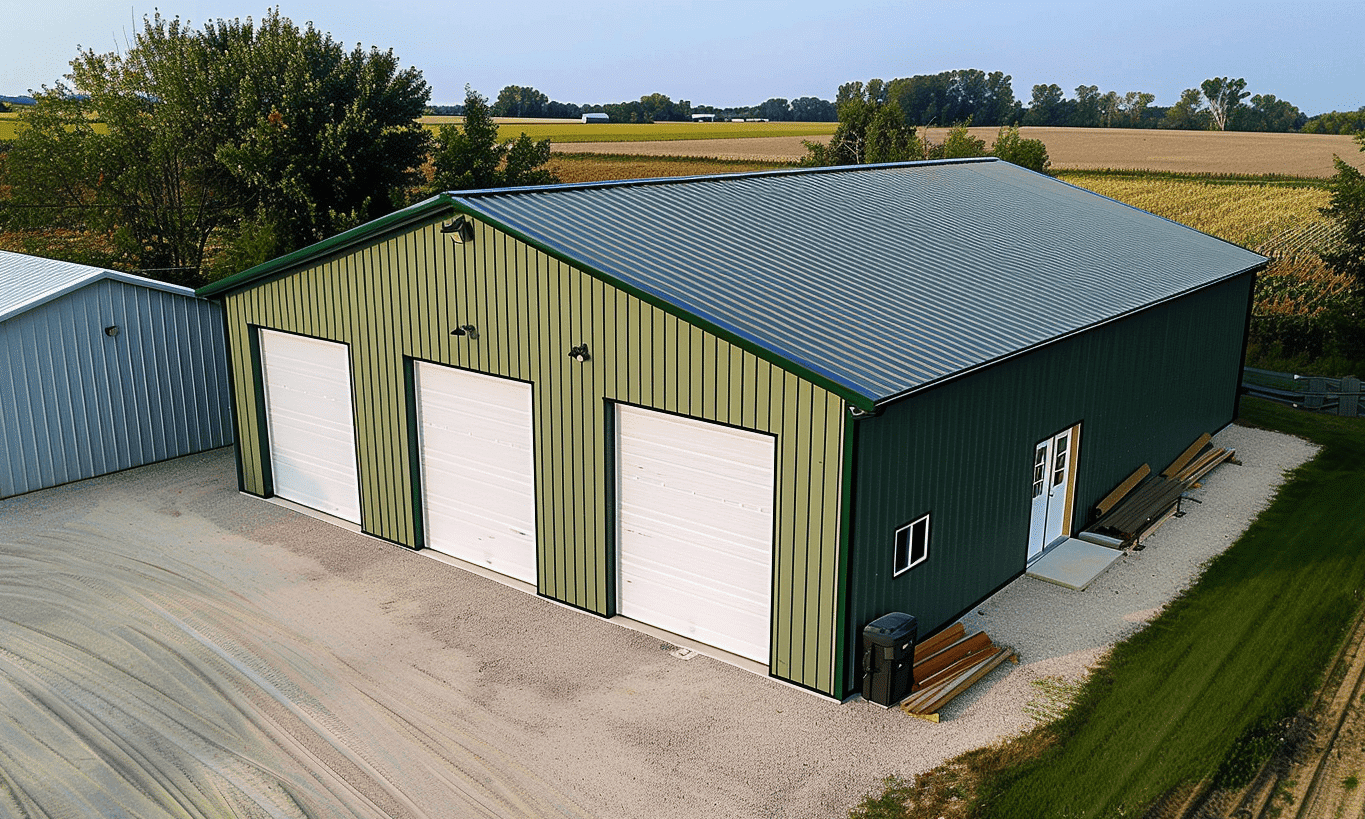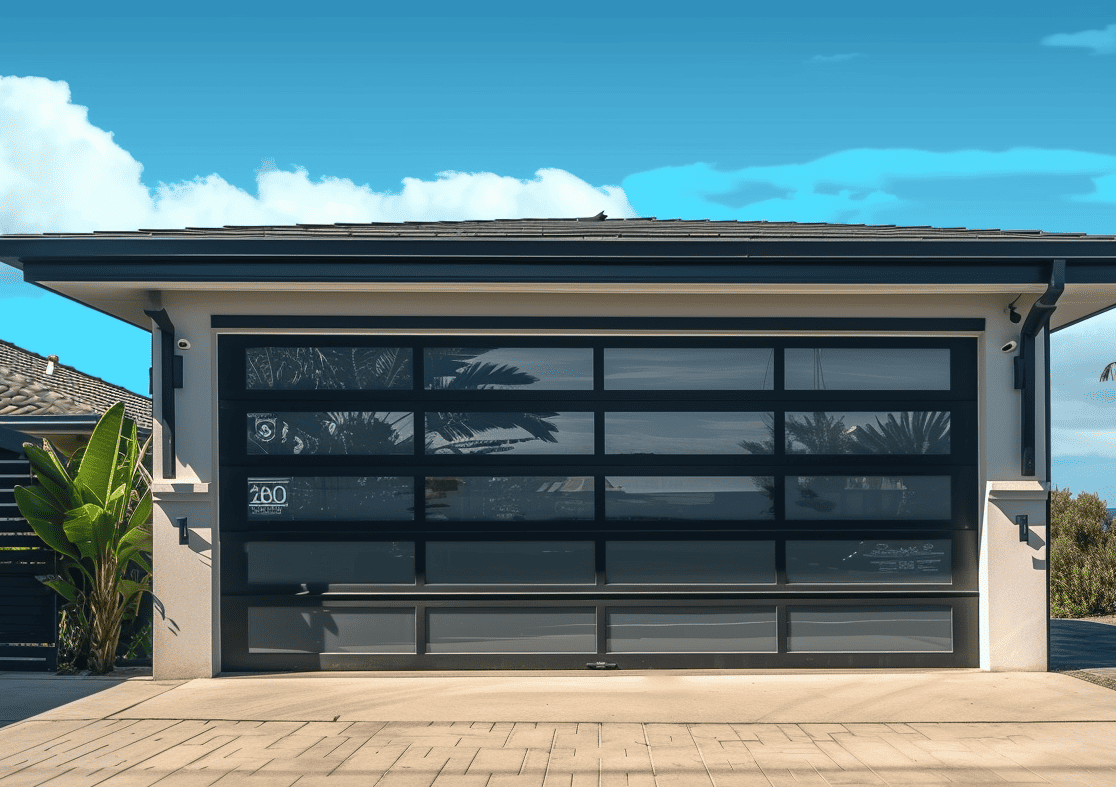Incorporating elements of Feng Shui into home design can drastically shape the energy and flow of a living space, creating a sanctuary that is not only aesthetically pleasing but also comfortable and fulfilling at a deeper level. But what exactly is Feng Shui, and how does it transcend mere decoration?
The principles of Feng Shui, an ancient Chinese practice, seek to promote harmony and balance between individuals and their environment by arranging furniture, colors, and elements in a specific manner that fosters positive energy flow. It can be likened to setting up a stage where every prop and actor (or element in this case) plays a crucial role in telling a seamless, harmonious story.
Understanding Feng Shui in Home Design
At its core, Feng Shui in home design revolves around five elements: wood, fire, earth, metal, and water. Each element represents different qualities that when balanced, can significantly enhance your living environment, fostering peace, concentration, and prosperity. Imagine your home as a canvas; applying these elements through Feng Shui is akin to creating a masterpiece that’s both functional and harmonious.
The placement of furniture according to Feng Shui rules ensures that the energy, or “Chi,” flows freely—avoiding stagnation or blockage, which can lead to discomfort or stress. The impact of Feng Shui can be monumental, whether it’s promoting relaxation or enhancing creativity and mental clarity.
Key Principles to Enhance Your Space
1. **Positioning**: The commanding position is a primary principle in Feng Shui, ensuring key areas such as beds, desks, and stoves face the door while not being in direct line with it. This positioning provides a clear view of the room’s entrance, promoting awareness and confidence.
2. **Color Schemes**: Colors in Feng Shui are not just vibrant visuals but symbols carrying meaning and energy. Earthy colors might be used to bring stability, while whites and pastels open up spaces for creativity and new beginnings.
3. **Natural Elements**: Integrating nature by having indoor plants or water features can enhance the quality of air and provide tranquility, symbolizing growth and relaxation, respectively.
4. **Decluttering**: Keeping a clutter-free environment is crucial. Clutter represents unfinished tasks and disorder, which can lead to stress and anxiety.
For homeowners embarking on the journey of transforming their space using Feng Shui principles, these core tactics can serve as essential guidelines. An integrated approach can also assist when working with custom home builders to create spaces from the ground up that naturally enhance the energy flow.
Feng Shui’s Role in Modern Interior Design
In the arena of modern interior design, Feng Shui has found its unique niche, often intertwined with the concept of Zen-inspired spaces. These areas focus on minimalism, balance, and tranquility. Zen-inspired home design is not only about aesthetics but about creating homes that nourish the spirit and body.
The melding of Feng Shui with modern sensibilities can be observed in various settings, from urban apartments to Metal Homes. Modern architecture appreciates the blend of functional steel structures with natural elements, creating homes that are both sturdy and ethereal.

Practical Tips for a Feng Shui Home
Transforming a home with Feng Shui involves more than shifts in furniture and choices in decor; it requires a shift in mindset to truly embrace harmony. For instance, when focusing on the entrance, the portal where energy enters and exits, ensure the space is clear and welcoming—much like rolling out a welcome mat for guests who bring joy and vibrancy.
1. **Choose Meaningful Decor**: Decorative items should reflect positivity and aspirations. Consider placing art that symbolises growth and abundance.
2. **Mindful Lighting**: Light can dramatically influence mood and perception. Ensure rooms are well-lit with warm lights, mixing natural and artificial sources.
3. **Mirrors and Reflection**: Carefully positioned, mirrors can enhance light flow and give an illusion of space but should be used sparingly to prevent disorienting the energy.
For the detailed application of these principles, insights can be gathered from interior design tips for homeowners that bridge Feng Shui with contemporary design practices.
Seek Guidance: The Journey Continues
Exploring Feng Shui is a dynamic journey rather than a one-stop renovation project. As your living circumstances change, so too will the Feng Shui needs of your home. Consulting experts or engaging with communities such as The Feng Shui Society can offer additional perspectives and help you build a robust understanding of this multilayered practice.
Concluding Thoughts on Feng Shui in Home Design
The importance of Feng Shui in home design extends far beyond aesthetic appeal, offering a blueprint for creating spaces that inspire well-being and success. By aligning living spaces with the natural flow of energy, we establish homes that resonate deeply with our personal and collective ethos. As you venture on this path of harmonious design, remember that the endeavor is a deeply personal one, a creative act of nurturing from the soul’s perspective.
Feng Shui transforms not just the structural appearance of a home but infuses it with an enviable vitality. Why shouldn’t our living spaces be nourishing havens that bolster every facet of our lives? In this light, Feng Shui is not just an option but a considerable asset to contemplate when we design the places we call home.










